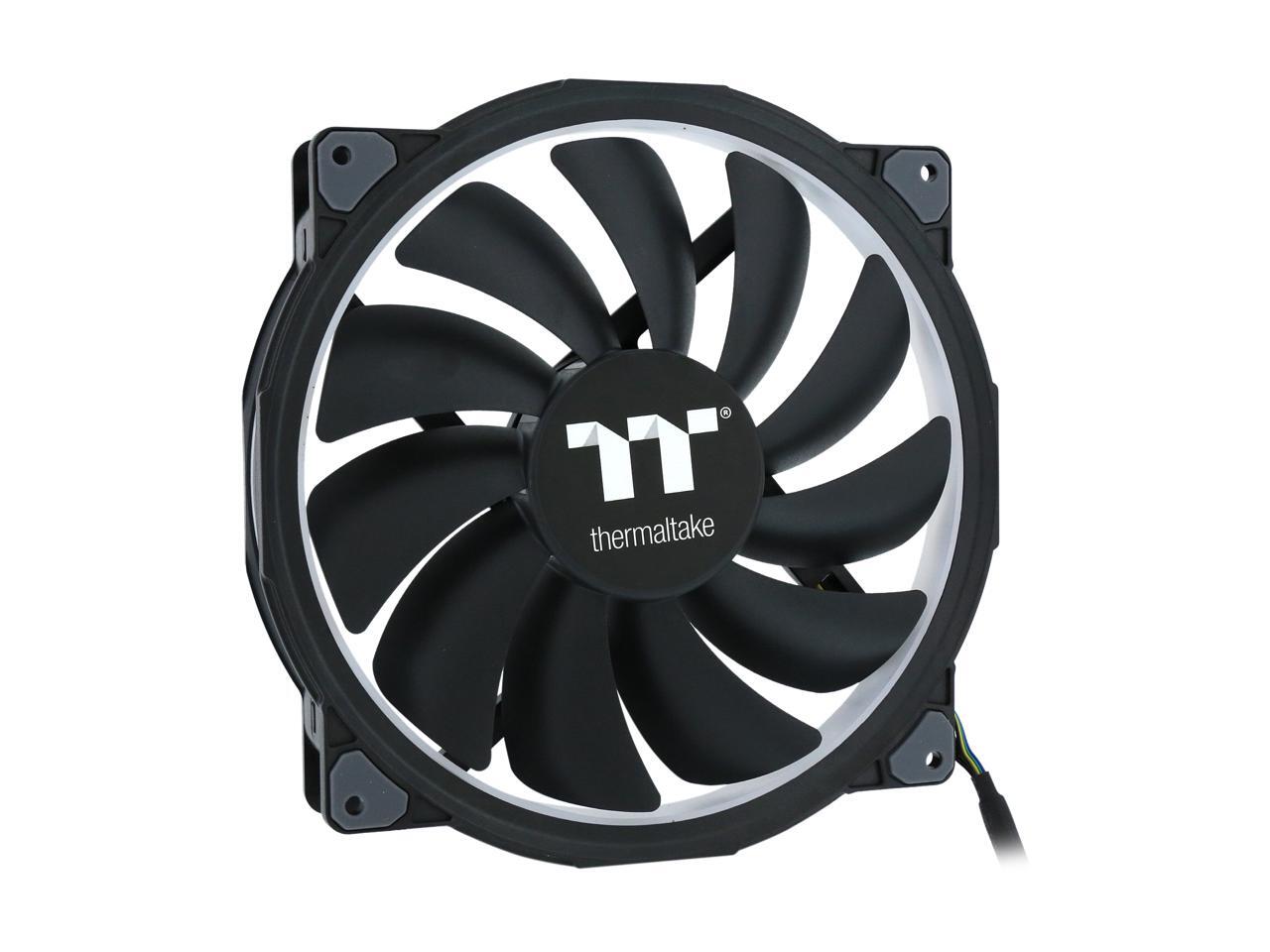

Turned out that a Nouveau driver was loaded when I installed Mint. Long story short, the fan that was maxed out in Mint was the Nvidia GPU which I didn't see pop up in sensors-detect at all. What it did show was something that initially confused me - a nouveau device which it couldn't get any information on. After I ran pwmconfig, I was able to see some of the fans, but not the Nvidia GPU.

I installed xsensors and it was able to pick up all the case fans and the CPU and they were running at relatively low speeds (it is cold in my room).

I saw the arch linux thread and did install lm-sensors but sensors-detect had difficulty seeing any fans at all though it did give me the core temps. I have to lower the threshold to 300 to boot anything. That said, every time I lose power, the bios resets to alarm if the fans are lower than 600 rpm which appears to be the default but the fans are always turning much slower on a cold boot. Ideally, don't defeat failure monitoring in the first place.Thank you ClixTrix - I do let bios control the fans. Tl dr: when defeating failure monitoring, try to make sure that failures are unlikely. (well-made fans with any of those can potentially outlive you.) If you absolutely must split a port, use a powered hub, and use high quality fluid, rifle, or maglev bearing fans, so that they're unlikely to die. In general, with modern boards coming with so many fan ports, I try to always do 1:1, buying extenders if necessary. Some ASUS boards come with high-amperage fan ports that put out 3A, or 15 watts, which is enough for several smaller fans, but I still avoid simple splitters with those, because that messes up monitoring and proper spool-up and spool-down. Normal fan ports are only 1 amp, so I don't typically like running more than one fan per. If you use the SATA-powered one, you will know for sure that all the fans will get full voltage and, as Exordium is saying, you won't overload the motherboard port.


 0 kommentar(er)
0 kommentar(er)
